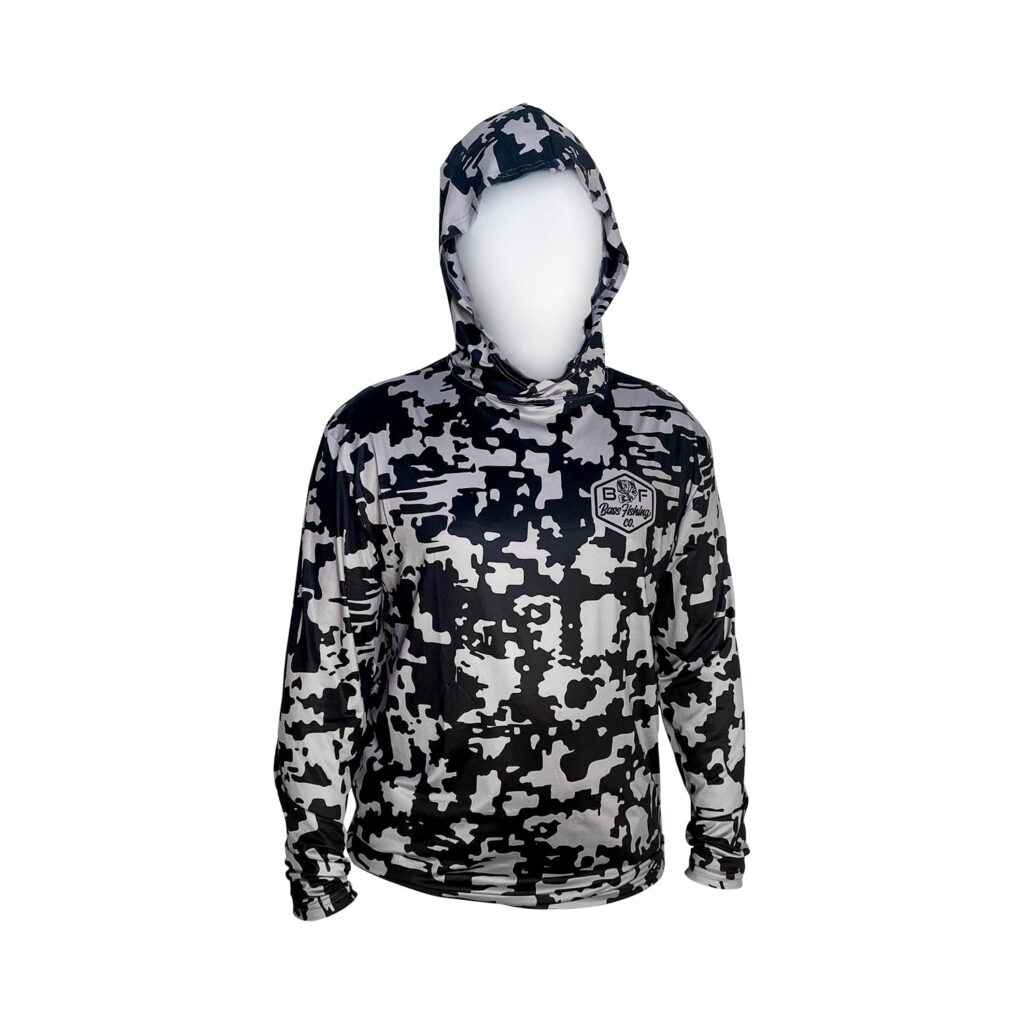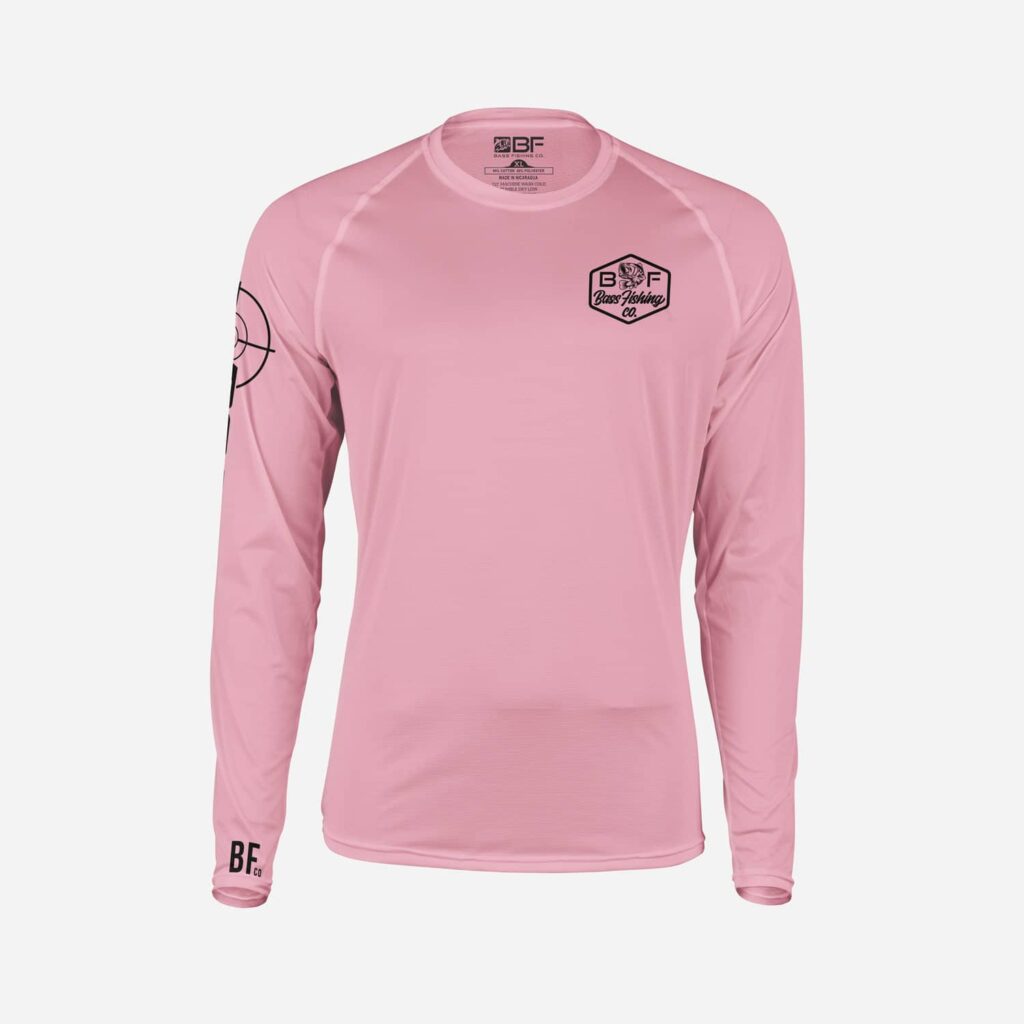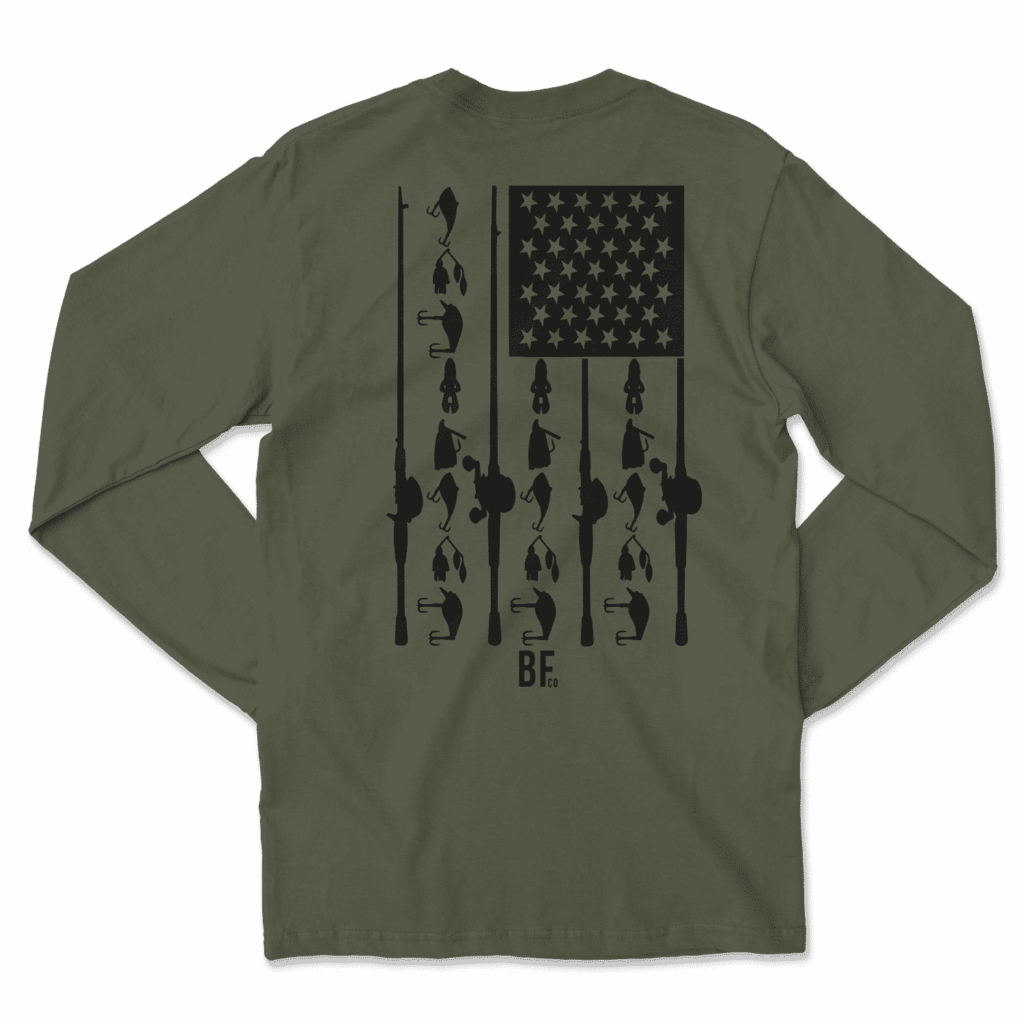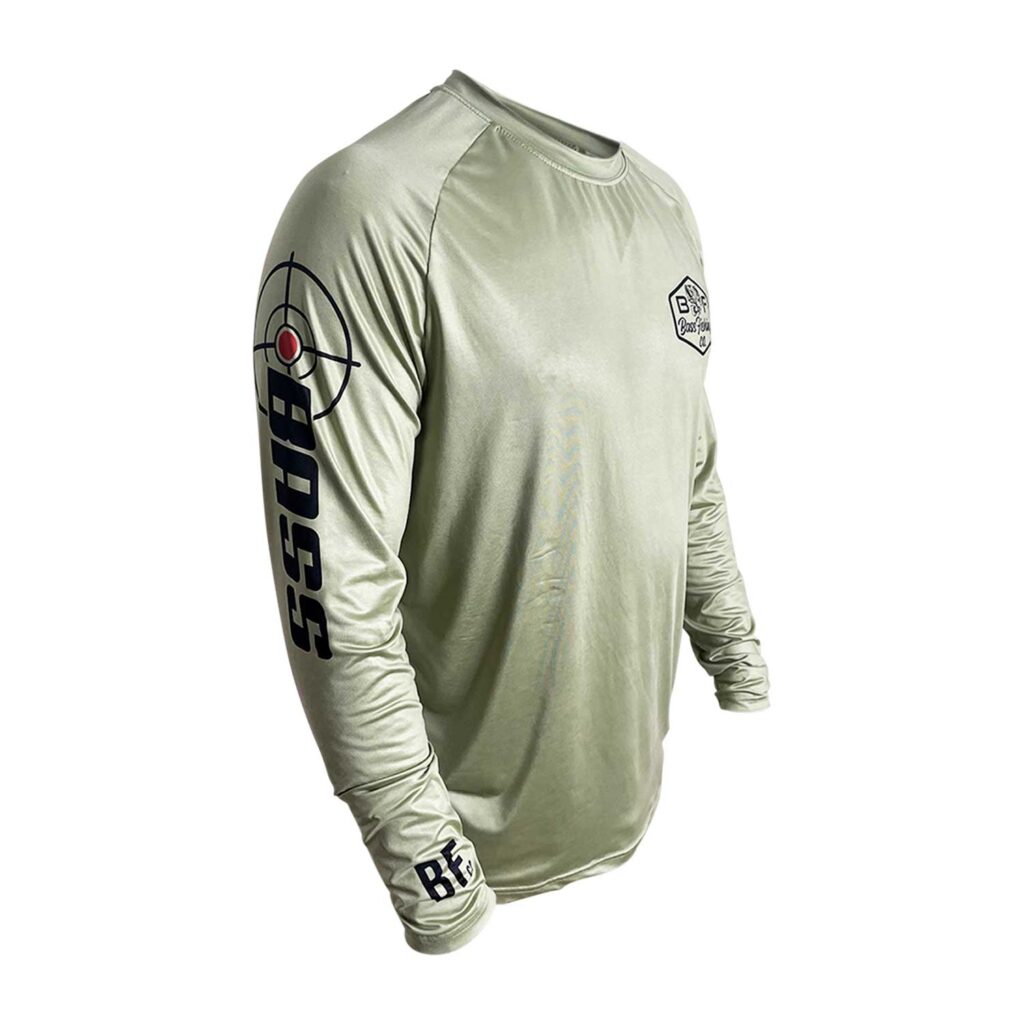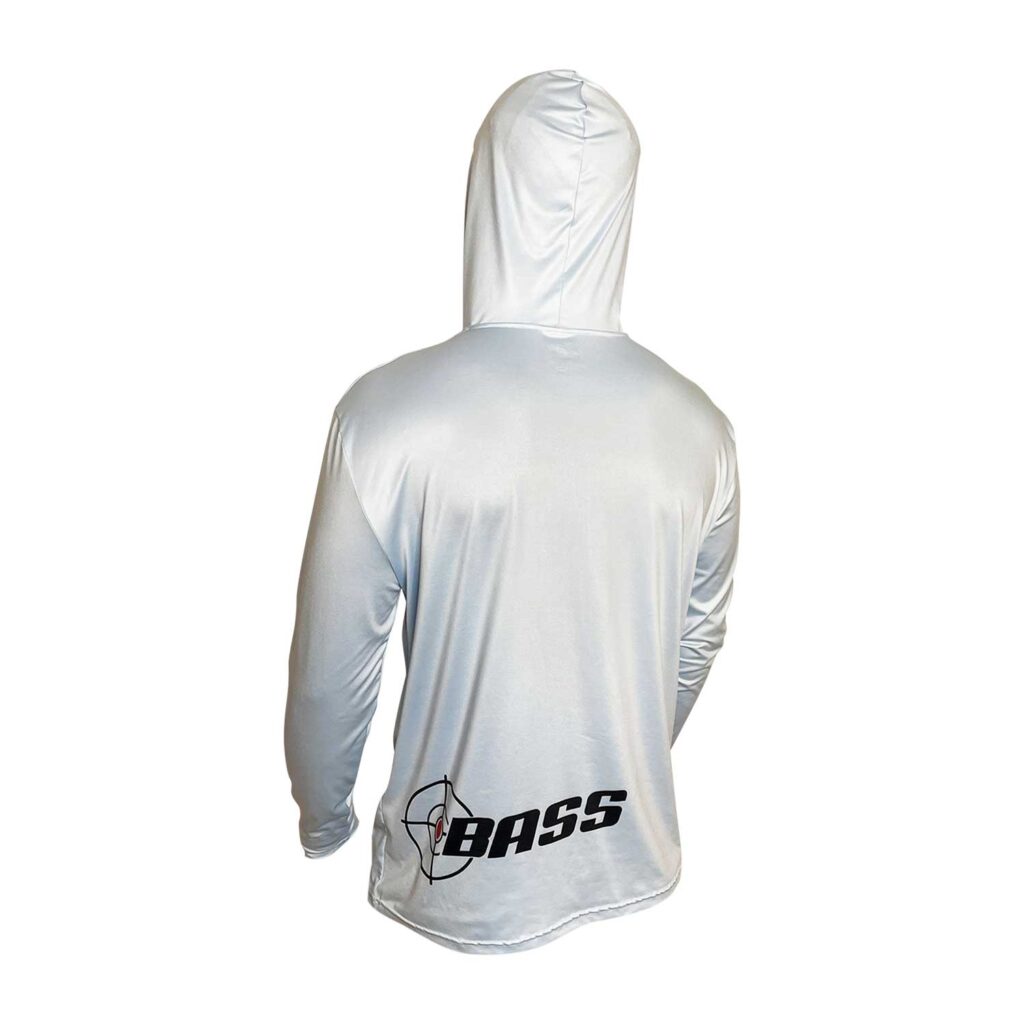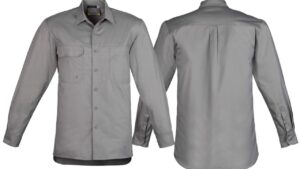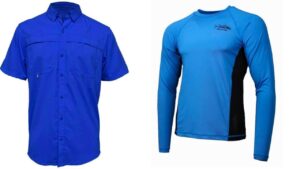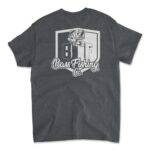Free Shipping over $50+ Order..
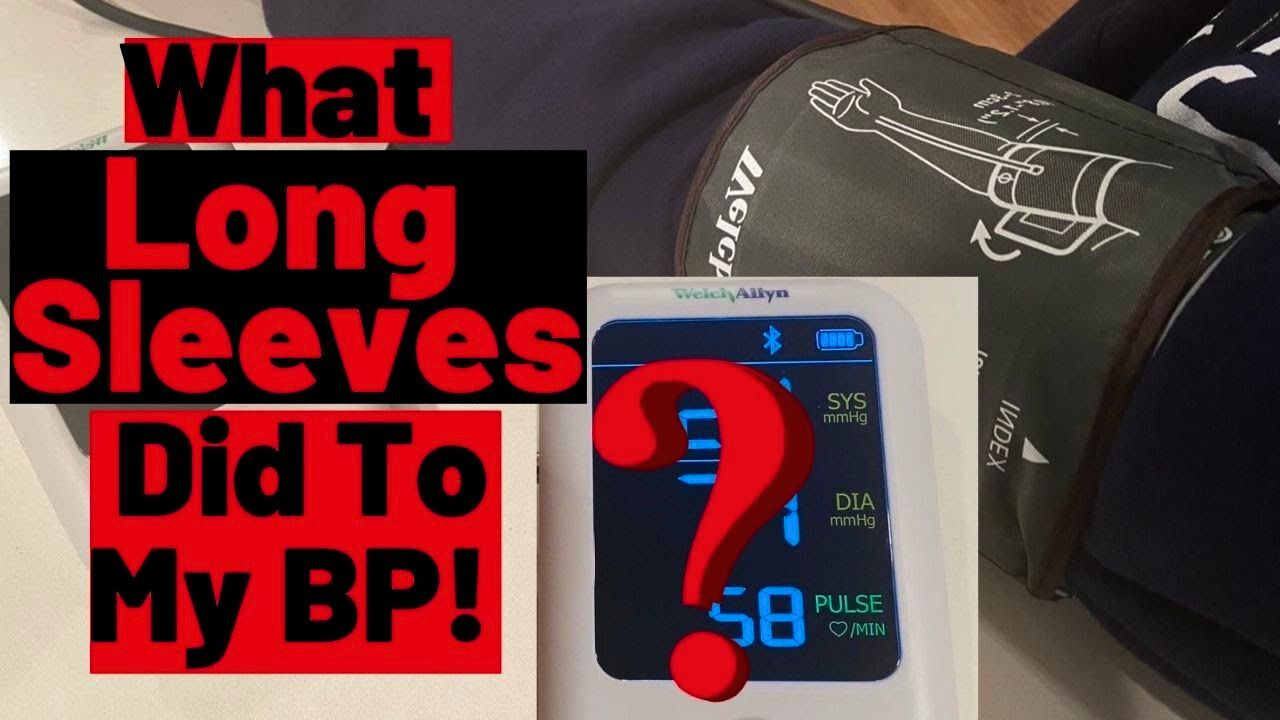
Analyzing Does a Long Sleeve Shirt Affect Blood Pressure
Clothing plays an often overlooked but crucial role in our overall health. The connection between what we wear and how it affects our well-being goes beyond just style and comfort. In this context, one intriguing question emerges: Does a long sleeve shirt affect blood pressure? While it may seem like a stretch, delving into the potential influence of clothing on blood pressure underscores the significance of our choices and their potential health implications. It’s advisable to prioritize comfort and well-fitting clothing to support healthy blood circulation. Opt for loose-fitting, breathable fabrics that allow for easy movement.
Exploring this relationship not only sheds light on the interplay between clothing and our bodies but also empowers us to make informed decisions that contribute to our overall health and comfort.
Understanding Blood Pressure
A blood pressure chart is a graphical representation of blood pressure readings, usually showing two values: systolic and diastolic pressures. It helps healthcare professionals and individuals monitor blood pressure levels and assess cardiovascular health. The chart typically categorizes blood pressure readings into different ranges, indicating normal, elevated, hypertension (high blood pressure) stage 1, and hypertension stage 2. Monitoring blood pressure using a chart is crucial for early detection and management of hypertension and related health issues. It’s important to consult with a healthcare provider to interpret and act on blood pressure readings within the context of overall health.
Definition and Importance: Blood pressure refers to the force of blood against the walls of arteries as the heart pumps it around the body. It’s a vital indicator of cardiovascular health and can help diagnose potential issues.
Systolic and Diastolic Readings: Blood pressure is measured using two numbers. The top number (systolic) represents the pressure when the heart beats and pumps blood. The bottom number (diastolic) reflects the pressure when the heart rests between beats.
Normal Range: A normal blood pressure reading is typically around 120/80 mm Hg (millimeters of mercury). The systolic value is 120, and the diastolic value is 80.
High Blood Pressure (Hypertension): Blood pressure readings consistently higher than 130/80 mm Hg are considered elevated and could indicate hypertension, a condition that increases the risk of heart disease and stroke.
Factors Affecting Blood Pressure
Diet and Nutrition: Consuming high amounts of salt, unhealthy fats, and excess calories can contribute to elevated blood pressure. A diet rich in fruits, vegetables, lean proteins, and whole grains helps maintain healthier levels.
Physical Activity: Regular exercise promotes healthy blood pressure levels. It strengthens the heart, improves blood vessel flexibility, and helps maintain a healthy weight.
Stress and Mental Health: Chronic stress and anxiety can elevate blood pressure. Stress management techniques like meditation, deep breathing, and relaxation exercises can help mitigate its effects.
Genetic Factors: A family history of high blood pressure can increase the risk of developing the condition.
Lifestyle Habits: Smoking, excessive alcohol consumption, and poor sleep patterns can contribute to high blood pressure.
Clothing and Circulation: External factors, including clothing choices, can influence blood circulation. Tight clothing may affect blood flow, potentially impacting blood pressure readings.
Clothing and Blood Circulation : Does a long sleeve shirt effect blood pressure?
Tight clothing has the potential to affect blood circulation due to constriction placed on blood vessels and impeded blood flow. When clothing is too tight, especially around areas like wrists, ankles, or the waist, it can compress blood vessels and restrict the movement of blood. This constriction can lead to reduced blood circulation, which may result in discomfort, numbness, or tingling sensations.
The impact of constriction on blood vessels and blood flow can have several consequences:
Reduced Oxygen Delivery: Constricted blood vessels can limit the amount of oxygen-rich blood reaching the body’s tissues, potentially leading to fatigue and discomfort.
Increased Blood Pressure: While tight clothing itself might not significantly raise blood pressure, prolonged constriction could potentially contribute to higher blood pressure levels due to increased resistance in blood vessels.
Impaired Waste Removal: Proper blood circulation helps remove waste products from tissues. Constricted blood flow might hinder the efficient removal of waste, affecting overall tissue health.
Skin and Tissue Irritation: Tight clothing can cause friction against the skin, leading to irritation and potentially compromising the skin’s barrier function.
While there may not be extensive research solely focused on clothing’s direct impact on blood circulation, studies related to the effects of tight clothing on various physiological aspects provide some insights.
For example, research has examined how tight clothing can affect muscle blood flow during exercise, showing potential impacts on muscle oxygenation and performance.
Long Sleeve Shirts and Blood Pressure
The question of whether wearing long sleeve shirts can impact blood pressure has garnered attention in discussions about clothing’s influence on health.

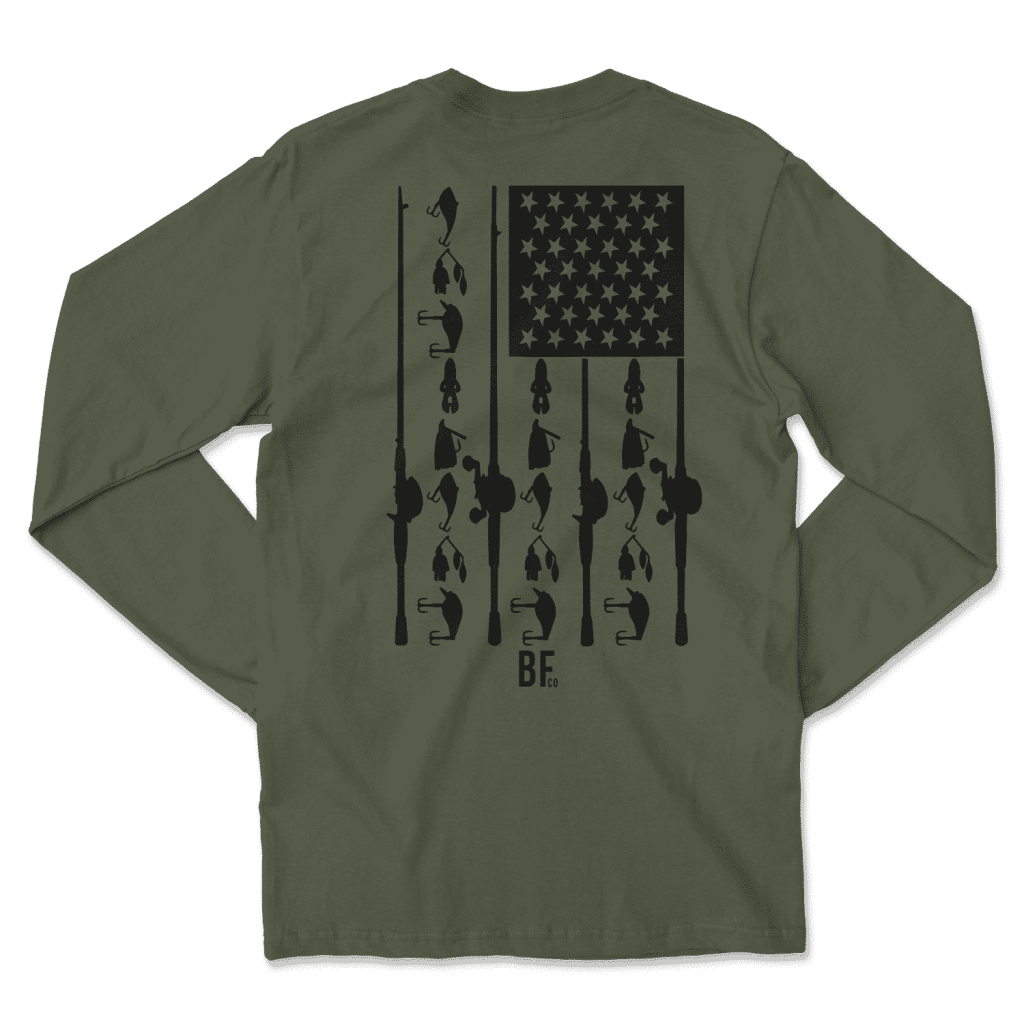
While there is limited direct research on the specific impact of long-sleeved shirts on blood pressure, experts and medical professionals offer various viewpoints based on physiological understanding and related studies.
The answer to the question Does a long sleeve shirt affect blood pressure is in the following:
Constriction and Blood Flow: Some experts suggest that tight-fitting long-sleeve shirts, particularly those with snug cuffs, might potentially exert pressure on the arms and wrists. This could lead to constriction of blood vessels and interfere with normal blood flow, which might affect blood pressure readings.
Moderate Impact: Other professionals propose that the impact of long-sleeved shirts on blood pressure might be relatively minor for individuals with normal blood pressure and healthy cardiovascular systems. While constriction could lead to a temporary increase in blood pressure, the effect might not be significant enough to cause clinical concern.
Sensitivity to Clothing: Individuals with existing blood pressure issues or conditions affecting blood vessel function might be more sensitive to the impact of clothing on blood pressure. Factors like age, overall health, and the tightness of the clothing could contribute to variations in how individuals respond.
Lack of Direct Studies: There appears to be a lack of comprehensive studies specifically examining the impact of long-sleeved shirts on blood pressure. While research on clothing’s influence on circulation and overall health exists, the specific link to blood pressure remains an area with limited exploration.
Consider Overall Lifestyle: Some experts emphasize that clothing is just one of many factors influencing blood pressure. Diet, exercise, stress, and genetics play significant roles. Therefore, while clothing might contribute to the overall picture, it’s important to consider lifestyle factors as well.
Advantages and disadvantages of long sleeve shirts for your body
Advantages of Long-Sleeve Shirts for Your Body:
Sun Protection: Long sleeve shirts provide better coverage, protecting your arms from harmful UV rays and reducing the risk of sunburn and skin damage.
Temperature Regulation: In cooler weather, long sleeves can help retain body heat and keep you warm, especially when layered.
Reduced Skin Contact: Long sleeves act as a barrier between your skin and potentially irritant surfaces, helping prevent allergic reactions or contact dermatitis.
Enhanced Sun Safety: Long sleeves offer an extra layer of protection against insects and outdoor irritants, reducing the chances of bug bites or skin allergies.
Professional Appearance: Long sleeve shirts are often considered more formal and appropriate for business or formal occasions.
Disadvantages of Long-Sleeve Shirts for Your Body:
Overheating: In hot weather, long sleeves may cause discomfort and overheating due to reduced ventilation and air circulation.
Limited Movement: Some long-sleeve designs may restrict your range of motion, affecting your comfort and mobility during activities.
Fabric Choice Matters: The wrong fabric can make you feel sweaty and uncomfortable, especially in warm conditions.
Less Visibility of Watch or Accessories: Long sleeves may hide your wristwatch or other accessories you might want to showcase.
Fashion Preferences: Personal style preferences might favor short sleeves or different clothing styles, impacting your choice of long sleeves.
The Importance of Comfortable Clothing
Choosing comfortable and well-fitting clothing is crucial not only for your overall well-being but also for your physical health. Here’s why prioritizing comfortable clothing matters.
Enhanced Physical Comfort: Comfortable clothing allows you to move freely and without restrictions. It prevents chafing, irritation, and discomfort that can arise from tight, constricting, or poorly fitting garments.
Improved Blood Circulation: Clothing that is too tight or constricting can impede proper blood circulation, potentially leading to issues like numbness, tingling, or cold extremities. Proper blood flow is essential for delivering oxygen and nutrients throughout the body.
Reduced Risk of Skin Issues: Tight or rough fabrics can cause friction against the skin, leading to irritation, rashes, or even sores. Comfortable clothing made from breathable materials reduces the risk of these skin-related problems.
Better Posture: Ill-fitting clothing might encourage poor posture as you try to adjust to discomfort. Properly fitted clothing supports your body’s alignment and reduces the strain on your muscles and joints.
Prevention of Muscle Tension: Clothing that restricts movement can lead to muscle tension and discomfort. On the other hand, comfortable clothing promotes relaxed muscles and reduces the risk of strain.
Enhanced Mental Well-Being: Physical discomfort caused by clothing can lead to mental distress and distraction. Comfortable clothing contributes to a positive mental state, allowing you to focus on tasks and activities without unnecessary discomfort.
Regulation of Body Temperature: Comfortable clothing often incorporates breathable and moisture-wicking fabrics that help regulate body temperature. This is especially important in hot weather or during physical activities.
Positive Impact on Confidence: Wearing clothing that feels good enhances your confidence and self-esteem. When you’re comfortable, you’re more likely to feel at ease in social situations and perform better in various activities.
Reduced Risk of Health Issues: Uncomfortable clothing that constricts or irritates the body might contribute to health problems over time. This includes issues related to circulation, skin health, and musculoskeletal discomfort.
Tips for Choosing Clothing that Promotes Healthy Blood Circulation
Selecting the right clothing plays a significant role in maintaining healthy blood circulation. Follow these guidelines to ensure optimal blood flow and overall comfort:
Opt for Proper Fit: Choose clothing that fits well without being too tight or constricting. Avoid overly tight waistbands, cuffs, or collars that might impede blood flow.
Prioritize Breathable Fabrics: Opt for breathable fabrics like cotton, linen, and moisture-wicking materials. These fabrics allow air circulation and help prevent overheating.
Avoid Restrictive Styles: Steer clear of clothing with tight elastic bands, narrow straps, or tight sleeves. These features can compress blood vessels and hinder blood circulation.
Choose Loose Layers: Loose-fitting clothing allows for better blood circulation. Consider wearing loose layers that you can easily adjust according to your comfort.
Mind Your Footwear: Wear shoes that provide proper arch support and ample room for your toes. Tight or ill-fitting shoes can affect blood circulation in the feet.
Stay Hydrated: Proper hydration contributes to good blood circulation. Dehydration can lead to thicker blood, potentially affecting circulation.
Prioritize Comfort: Clothing that makes you uncomfortable or causes irritation can lead to poor posture and restricted movement. Opt for clothing that promotes ease of movement and overall comfort.
Avoid High Heels: While high heels might be stylish, they can affect your posture and circulation. Reserve their use for special occasions and prioritize comfortable shoes for daily wear.
Choose Compression Wear Wisely: If you’re considering compression garments, consult a medical professional for guidance. Compression wear can aid circulation when used appropriately.
Test Range of Motion: When trying on new clothing, test your range of motion to ensure you can move freely without restriction.
The Role of Personal Preferences in Clothing Choices
It’s important to recognize that personal preferences and comfort levels can vary greatly when it comes to clothing choices. While some individuals might find certain clothing items comfortable and supportive of healthy blood circulation, others might have different experiences. Factors like body shape, size, and sensitivity play a role in how clothing affects each person.
Encouraging readers to listen to their bodies and pay attention to their own comfort is essential. If you notice discomfort, numbness, or any unusual sensations while wearing certain clothing, it’s a signal that the clothing might be affecting your blood circulation. Conversely, if you feel comfortable, free to move, and experience no adverse effects, it’s likely that the clothing is suitable for you.
Remember that clothing should enhance your well-being and support your daily activities. It’s perfectly acceptable to prioritize your comfort and preferences when making clothing choices.
Frequently asked questions about does a sleeve shirt affects blood pressure
Can tight sleeves affect blood pressure?
Tight clothing can potentially impact blood circulation by constricting blood vessels and limiting blood flow, which could have implications for blood pressure.
Does a long-sleeved shirt affect blood pressure?
The impact of long-sleeved shirts on blood pressure is still a subject of debate. Some studies suggest that tight clothing, including long-sleeved shirts, might influence blood circulation and potentially affect blood pressure.
Are there specific fabrics that can affect blood pressure?
While certain fabrics can be restrictive, causing discomfort and potentially affecting blood flow, there isn’t substantial evidence to directly link specific fabrics to blood pressure changes.
Should I avoid wearing long-sleeved shirts if I have high blood pressure?
It’s advisable to prioritize comfort and well-fitting clothing to support healthy blood circulation. If you have concerns about clothing and blood pressure, consult a healthcare professional for personalized advice.
How can I choose clothing that supports healthy blood circulation?
Opt for loose-fitting, breathable fabrics that allow for easy movement. Pay attention to your body’s signals of comfort and avoid clothing that feels restrictive.
Are there studies that explore the connection between clothing and blood pressure?
Some studies suggest a potential link between tight clothing and blood circulation, but more research is needed to establish a concrete connection between clothing choices and blood pressure changes.
Can uncomfortable clothing lead to health issues?
Uncomfortable clothing can lead to discomfort and potentially affect blood circulation. Choosing clothing that promotes comfort and ease of movement is important for overall well-being.
What should I prioritize when choosing clothing?
Prioritize comfort, fit, and breathability. Select clothing that supports your body’s natural movements and doesn’t restrict blood flow.
Does clothing affect blood pressure readings?
Clothing can influence blood pressure readings if it’s too tight or constrictive, potentially impacting blood flow and accuracy.
Can you take blood pressure with a sweater on?
It’s recommended to remove tight clothing like sweaters before taking blood pressure to ensure accurate readings.
Can tight-fitting clothes cause high blood pressure?
Tight-fitting clothes might affect blood circulation but aren’t a primary cause of high blood pressure. Lifestyle factors play a larger role.
Why palm up when taking blood pressure?
Positioning the palm up helps maintain proper alignment and reduces the risk of cuff pressure interfering with blood flow during measurements.
When not to take blood pressure?
Avoid taking blood pressure right after exercise, caffeine intake, or smoking, as these factors can temporarily influence readings. Always follow your healthcare provider’s instructions.
Conclusion
In conclusion, we’ve explored the potential relationship between clothing, particularly long-sleeved shirts, and blood pressure. While there is ongoing discussion and some studies suggesting a possible impact on blood circulation, it’s important to remember that individual responses can vary. Understanding the factors that influence blood pressure, such as diet, exercise, stress, and genetics, is crucial. However, the ultimate key lies in prioritizing comfort and personal preferences when selecting clothing. Whether it’s a long-sleeved shirt or any other attire, choosing pieces that allow for free movement, breathability, and a comfortable fit is essential for supporting healthy blood circulation and overall well-being. By making informed clothing choices that align with your body’s signals and preferences, you can contribute to maintaining a healthier lifestyle.

